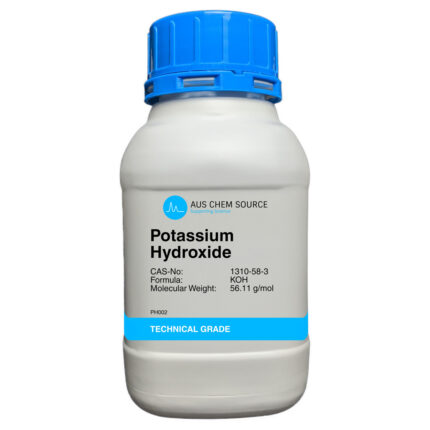Description
Soda ash, also known as sodium carbonate (Na2CO3), is a white, odorless, and alkaline chemical compound. It is a fundamental industrial chemical with a wide range of applications across various industries. Here are some key points about soda ash:
- Chemical Composition: Soda ash has the chemical formula Na2CO3, indicating that it consists of two sodium (Na) atoms, one carbon (C) atom, and three oxygen (O) atoms.
- Natural Sources: Soda ash can be found in nature as well as being synthetically produced. Natural deposits of soda ash are primarily found in mineral form, such as trona (a mineral composed of sodium carbonate, sodium bicarbonate, and water) and nahcolite (sodium bicarbonate). These minerals can be mined and processed to extract soda ash.
- Synthetic Production: The synthetic production of soda ash involves several chemical processes, including the Solvay process and the Hou’s process. These methods use common raw materials like salt (sodium chloride) and limestone (calcium carbonate) to produce sodium carbonate.
- pH Buffer: Soda ash is an alkaline compound and can be used as a pH buffer in various applications, such as water treatment processes, swimming pool maintenance, and the pulp and paper industry.
- Water Softening: It is commonly used in water softening processes to remove hardness ions (calcium and magnesium) from water, which helps prevent scale formation in plumbing and appliances.
- Glass Manufacturing: Soda ash is a key ingredient in the manufacturing of glass, especially flat glass, container glass, and fiberglass. It helps lower the melting point of silica, making it easier to work with and producing a smoother glass surface.
- Detergent Production: In the detergent industry, soda ash is used as a primary raw material for the production of washing soda (sodium carbonate decahydrate), which is an essential ingredient in many laundry detergents.
- Chemical Manufacturing: It is used in various chemical processes, such as in the production of sodium bicarbonate (baking soda), sodium chromate, and sodium phosphates.
- Metallurgical Processes: Soda ash is used in metallurgy to remove impurities from metal ores, particularly during the extraction of aluminum and the refining of zinc.
- Food and Beverages: Food-grade soda ash, also known as E500, is used in the food and beverage industry as a food additive. It can be used as a pH regulator, leavening agent in baking, and in the production of certain food products.
- Environmental Considerations: Soda ash can have environmental impacts if not managed properly. In natural deposits, mining and processing can affect local ecosystems. In water treatment, it is used cautiously to avoid over-alkalinity.
- Safety Precautions: Handling soda ash should be done with care, and protective measures should be taken to avoid skin and eye contact. It is an alkaline substance and can be irritating to the skin and eyes.
Soda ash plays a vital role in several industries, and its versatile properties make it an essential industrial chemical. It is used in various applications due to its ability to regulate pH, soften water, and act as a key raw material in the production of various products, including glass, detergents, and chemicals.











Reviews
There are no reviews yet.